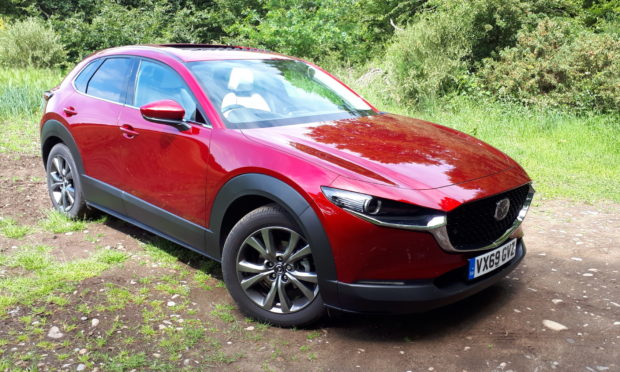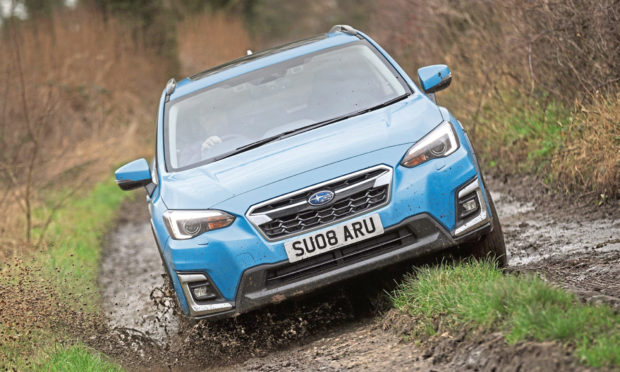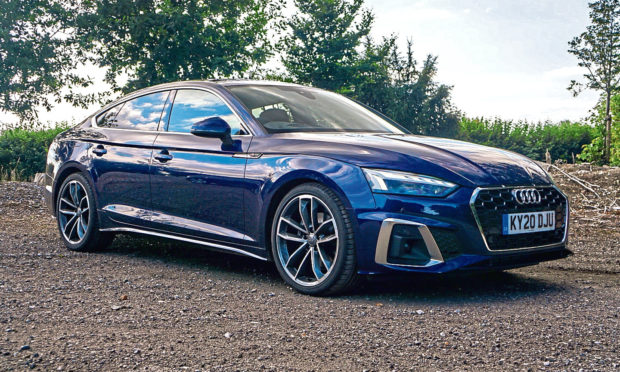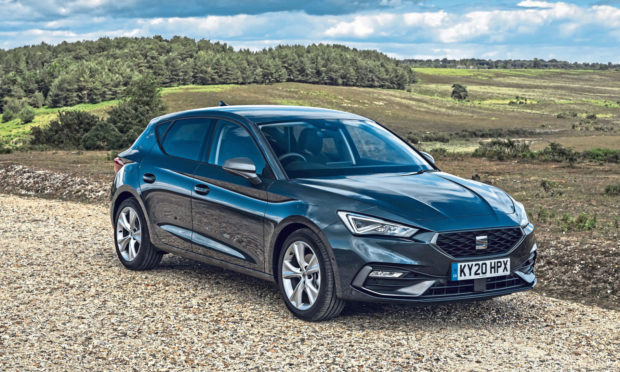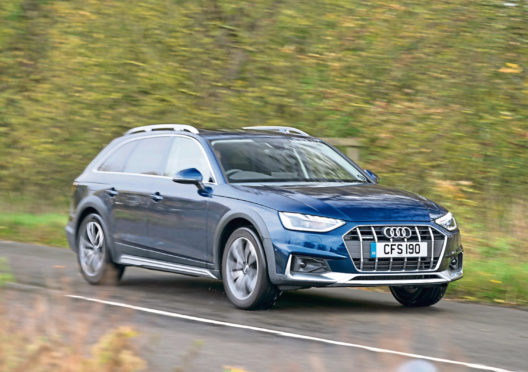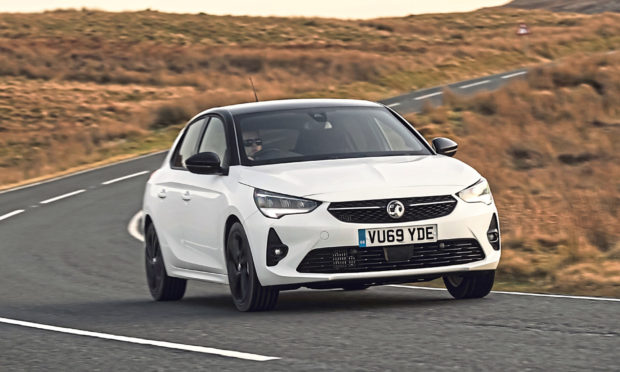OK, pay attention at the back. Here’s your maths question for today.
Don’t worry if sums are not your strong point because it is one which I am sure most three-year-olds would be able to answer. It is – what comes between three and five?
Contrary to what you might think it’s not four. At least according to the Japanese manufacturer Mazda – it’s 30.
Now you may think some of the car makers in the Far East tend to do things a little differently but even that’s taking it a bit far.
Apparently there’s a simple explanation why they’ve labelled their latest family-sized crossover/compact SUV the CX-30, which sits in the gap between the CX-3 and the larger CX-5.
The CX-4 name has already been given to a very similar car which is produced and sold exclusively in China by the joint venture FAW Mazda and so is not available for other markets.
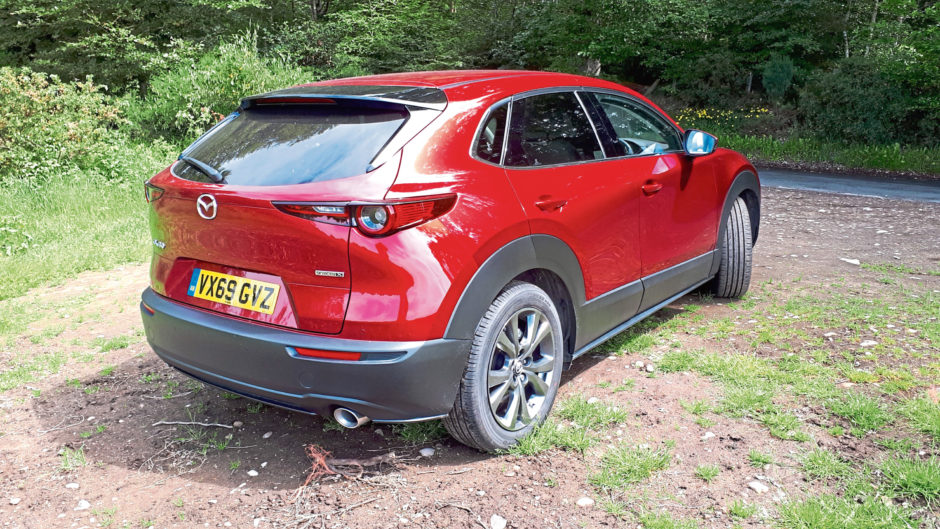
In the overall scheme of things it doesn’t really matter, except potential customers could be forgiven for being confused about what is being offered.
Actually it is good the number three is still there, because under the surface is the same platform that is the base for the excellent Mazda 3 hatchback which was voted both overall Scottish and Family Car of the Year in 2019.
It rides higher on the road than the hatch and is aimed at taking on the tough competition from the likes of the Seat Ateca, Skoda Karoq and Nissan Qashqai.
First off, it is a good-looking car with smooth, flowing lines, from the long sharp-nosed bonnet through to the stubby rear end with black plastic body moulding and extended wheel arches along the side.
The £790 option of soul red crystal metallic paint gave the test car strong presence in the street and attracted many admiring glances to the car, which I think has bags of character not commonly seen in many new models.
What is even more impressive though is the superb quality of the finish on the inside. The test car had fine light stone-coloured leather trim on the seats which looked far more expensive than the £200 option price although I was not so keen on the brown leather “accents” which seemed rather out of place in the otherwise tasteful interior.
The overall look is sophisticated and well away from the perceived plasticky image of some of the other Japanese brands. It reminded me more of the quality standard found in the current Volvo range, simple but effective design and first-class build quality.
The dash is dominated by an almost 9in-wide screen in the centre with all the functions accessed by a rotary dial between the seats, making it more accurate and easy to use while on the move than the alternative touchscreen.
The test car came with stacks of equipment including heated steering wheel, 12 speaker Bose surround sound audio and head-up display sensibly linked to the memory on the seats, which also recalled the settings for the door mirrors.
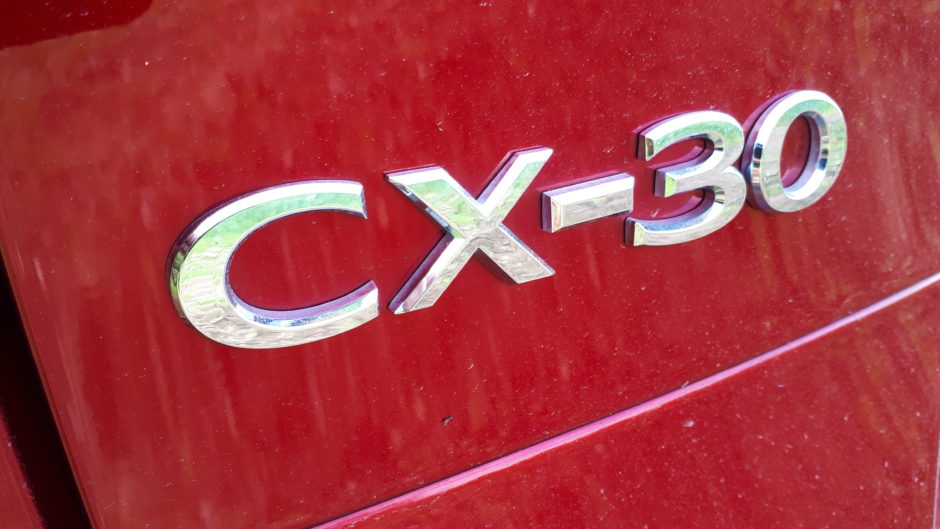
Cockpit space in the front is generous although it was a bit tighter in the back if you happen to be transporting a couple of six-footers and while the boot space is fine, some of the competition is larger.
There is a four-wheel-drive option but the test car was front-wheel-drive with a six-speed manual gearbox.
The clever bit was under the bonnet, where lies Mazda’s revolutionary Skyactiv-X power unit, the world’s first petrol engine with compression ignition which combines the free-revving performance of a petrol engine with the fuel economy of a diesel. Like a diesel engine, the fuel and air mixture is ignited by squeezing it but uses a spark plug only as a way of starting the process. That gives greater control and reliability and torque is improved by 30%, fuel consumption is reduced by 20% and emissions are much lower too.
There is certainly no lack of power and over several hundred miles of mixed driving, it felt assured, well-behaved and happy to stretch its legs.
I enjoyed my time with the CX-30 and while on the face of it, the numbers may be a touch confusing, they certainly add up.
THE FACTS
- Model: Mazda CX-30 2WD GT Sport
- Price: £28,875 (£29,865 as tested)
- 0-60mph: 8.5 seconds
- Top speed: 127mph
- Economy: 48mpg combined
- CO2 emissions: 105g/km
